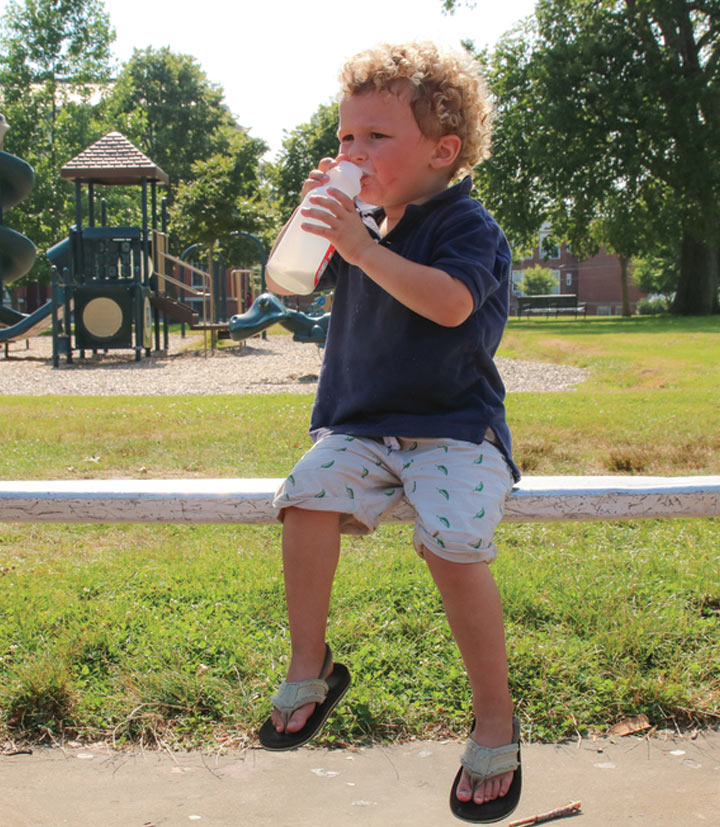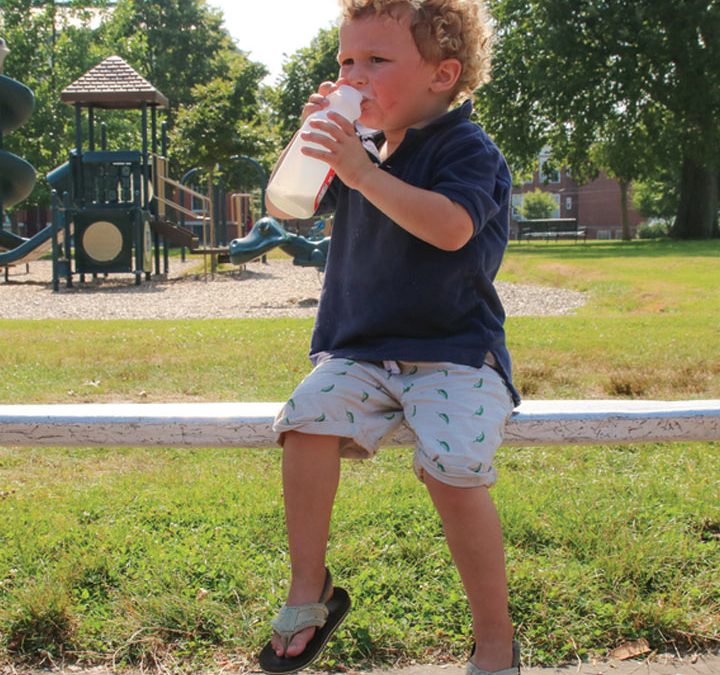Playground surfacing is a critical item to consider on a playground, especially in the direct summer heat of the sun in Utah. Playground surfaces are typically comprised of sand, cement, asphalt, rubber, and Sof fall engineered wood chips.
Each of these playground surfacing materials react to the sun and heat in different ways. We will take a look at the effect the sun and heat has on each of the typical playground materials, to determine the best playground materials; however, before we do that, lets first look at how different substances react to the heat in general:
Specific Heat
When it comes to the temperature of a particular material in relation to heat and sunlight, specific heat must be understood. Specific heat is the heat required to raise the temperature of a substance by one degree Celsius. It takes into account the mass of the substance and the amount of temperature change in Celsius. It comes out at: X = joule/gram-degree Celsius. This is helpful when planning out your playground’s soft surfacing.
In layman terms, the higher (X) is, the more heat required to change the temperature of the substance. For instance, water has a specific heat of 4.186 joule / gram-degree Celsius, which is higher than any other substance. Sand, on the other hand, only has a specific heat of 0.19 joule / gram-degree Celsius. Therefore, it requires a lot more heat to change the temperature of water than it does to change the temperature of sand.

Accidents and injuries can happen on any playground. Our duty to our children is to take every precaution to minimize the chances of occurrence.
With that understanding, let’s dive into the effect of the heat and sun on the common playground surfaces:
Sand
As stated above, sand has a really low tolerance to heat and the sun. With a specific heat of 0.19, it requires very little heat to begin warming up the sand. If the temperature outside is 75 degrees, sand on playgrounds to reach near 100 degrees Fahrenheit. If the temperature outside reaches 90 degrees, then you are at risk of first and second degree burns on your skin.
Cement
Concrete has a slightly higher specific heat than sand, which is 0.21. Although it may take a bit longer than the sand to heat up in the sun, concrete reaches high temperatures during the summer. When the temperature reaches above 90 degrees, the concrete can reach temperatures over 120 degrees Fahrenheit. Not to mention, a cement flooring would make for a pretty unsafe playground surface no matter what the weather.
Asphalt
It may seem counterintuitive, but asphalt has a slightly higher specific temperature than concrete, at 0.22. However, the color of the asphalt must be considered. The black surface of asphalt will absorb the heat and hold it for longer than the other materials. Thus, the heat remains even when the sun goes down.
Rubber
Rubber has a specific heat of 0.3, giving it a higher resistance to the heat than sand, concrete, and asphalt. However, on hot summer days, even rubber can reach unbearable temperatures. Furthermore, rubber traps the heat into the immediate area, thus creating something of a humid pocket of heat.
Sof’Fall Wood Chips
Sof Fall Wood Chips are made of wood fiber, giving it the same specific heat as wood products at roughly 0.5. Therefore, Sof’Fall Wood Chips are more resilient to the summer heat than other playground surfaces, making it among the best playground materials
We've been catching children when they fall for over 27 Years
Get in touch with us to learn why our play area surface products are your best option.Get your free quote today.
CONTACT US!
Call, email or send us a message from our online form. We're happy to answer your questions or send you an estimate.

